site search
online catalog
CONFEDERATE “CAPTURED & COLLECTED” (C&C) DERINGER COMMON RIFLE WITH PERCUSSION ALTERATION AND THREE CS ORDNANCE INSPECTOR MARKS!

Hover to zoom

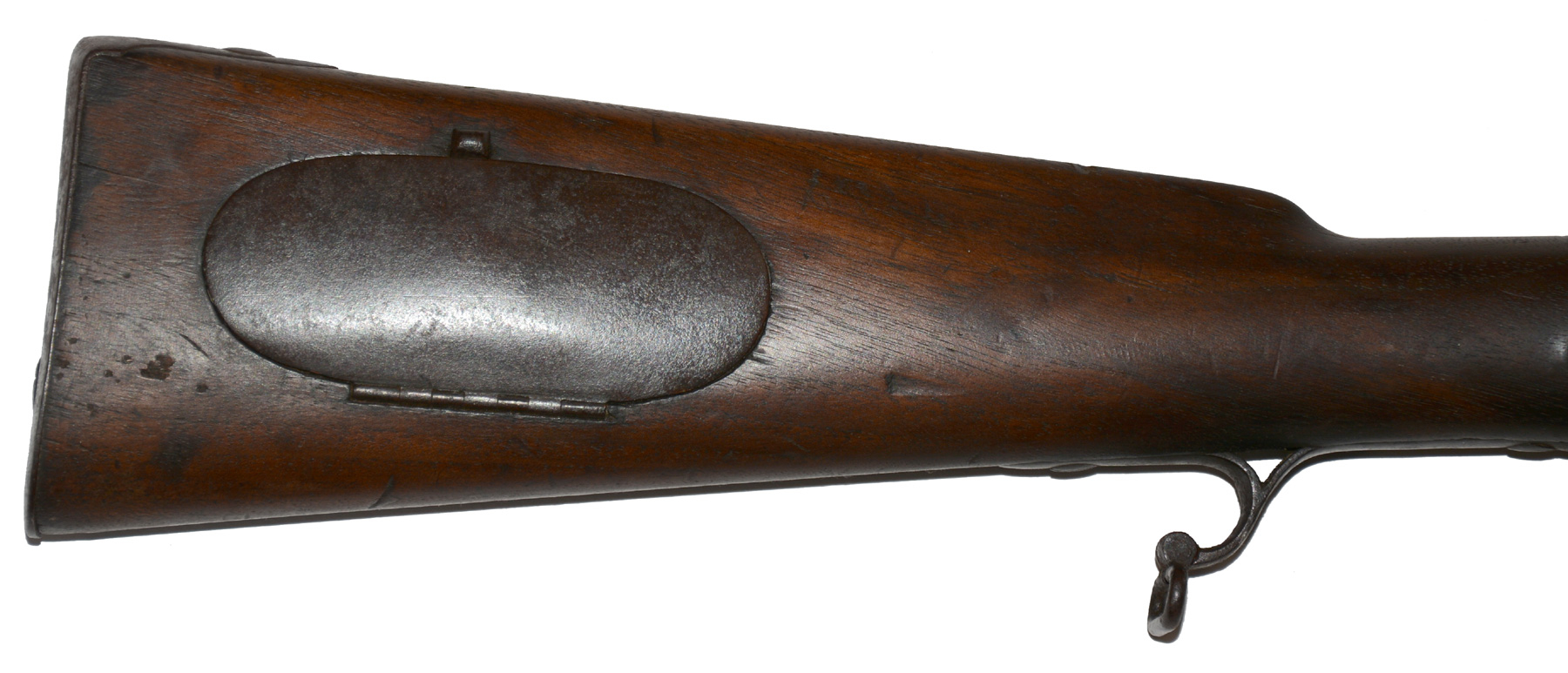
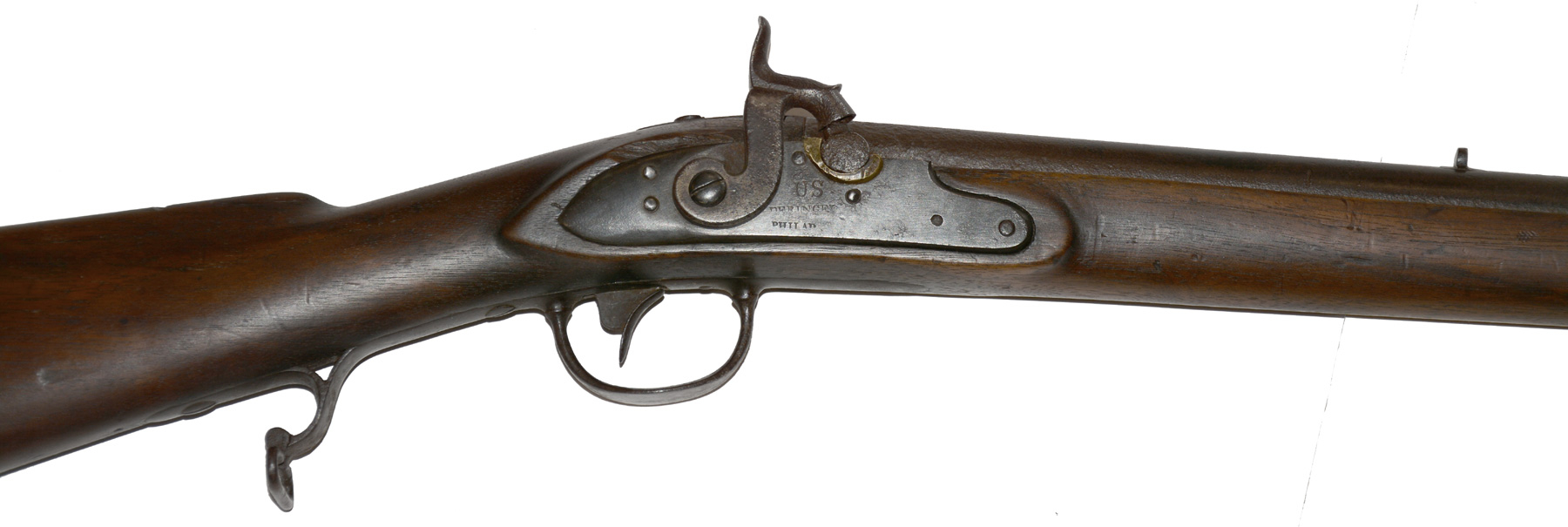

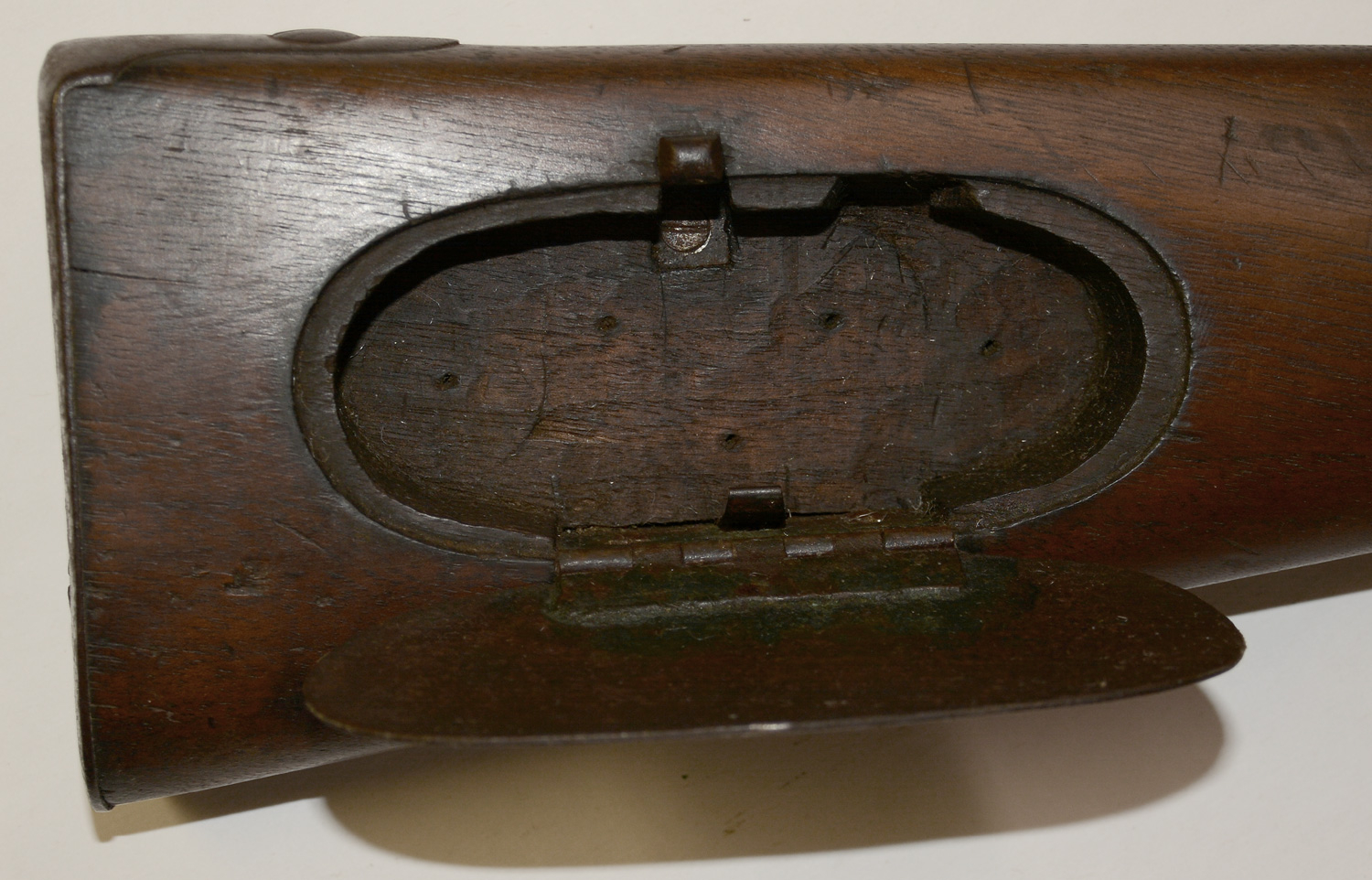
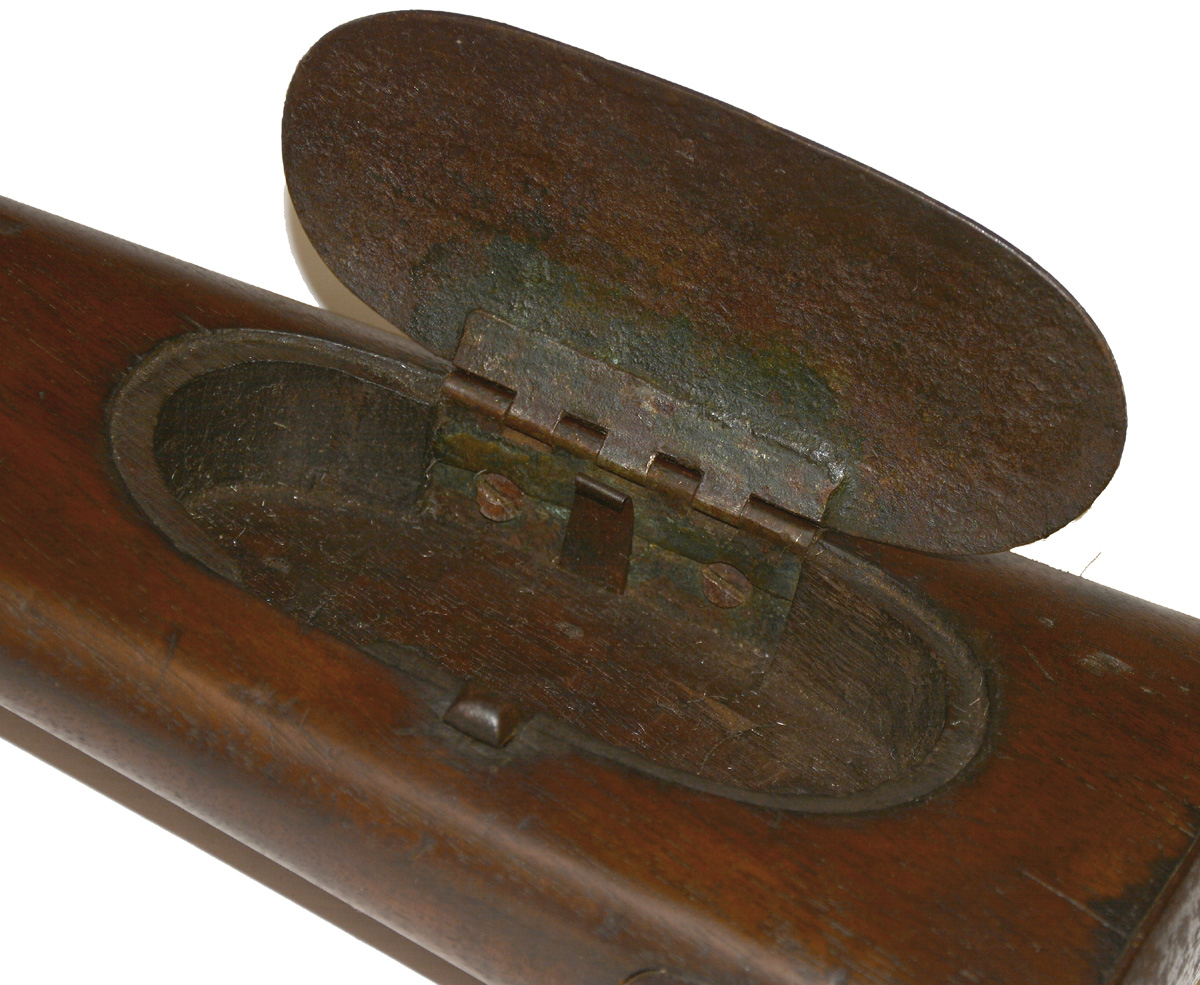
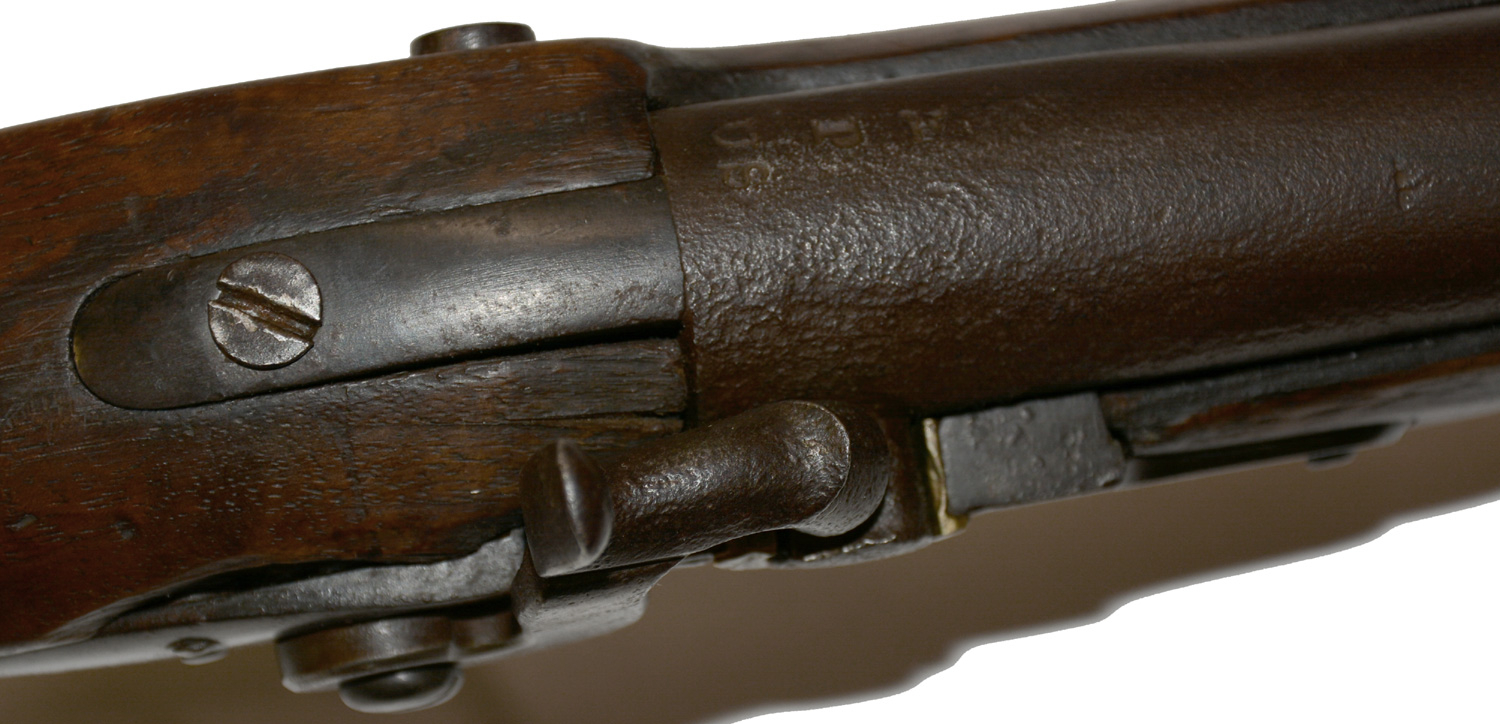
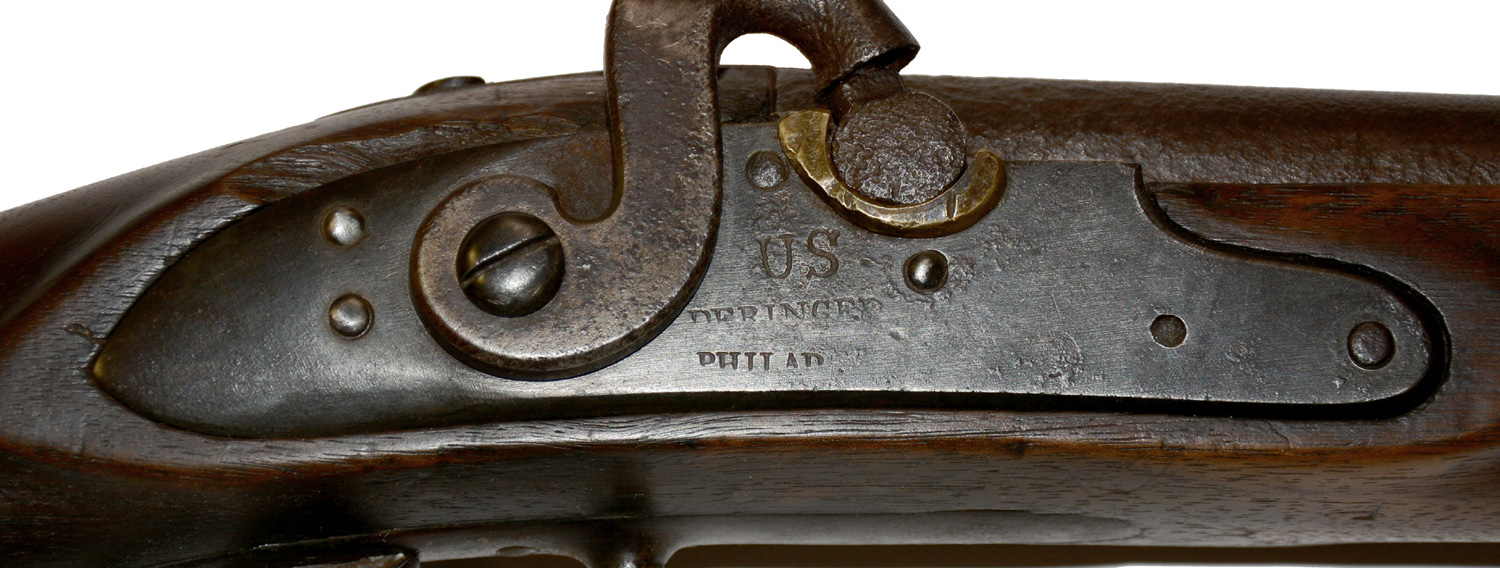
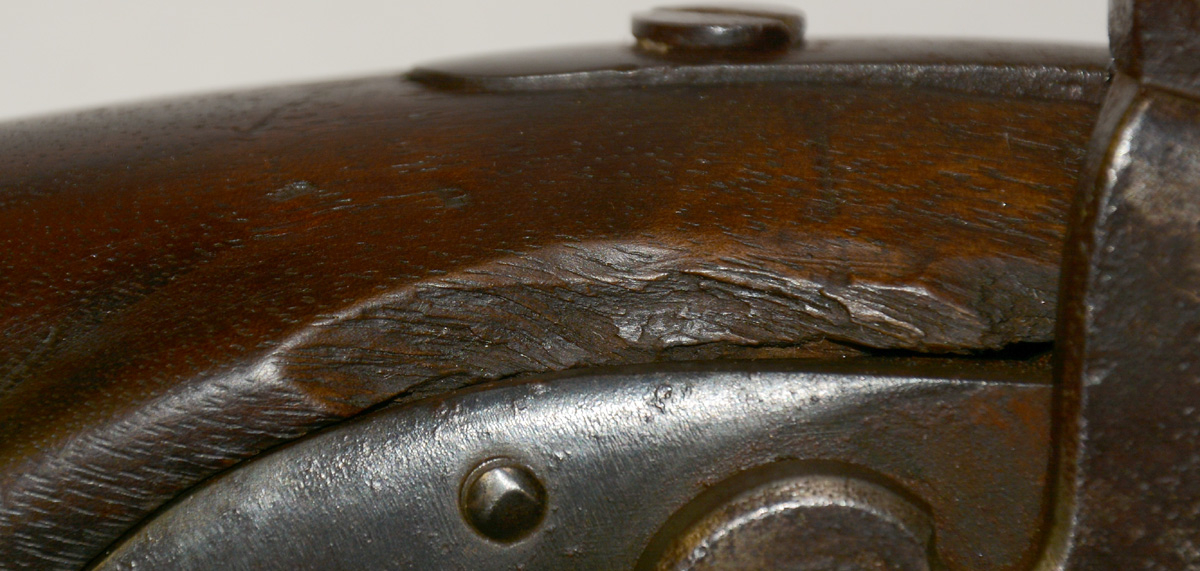

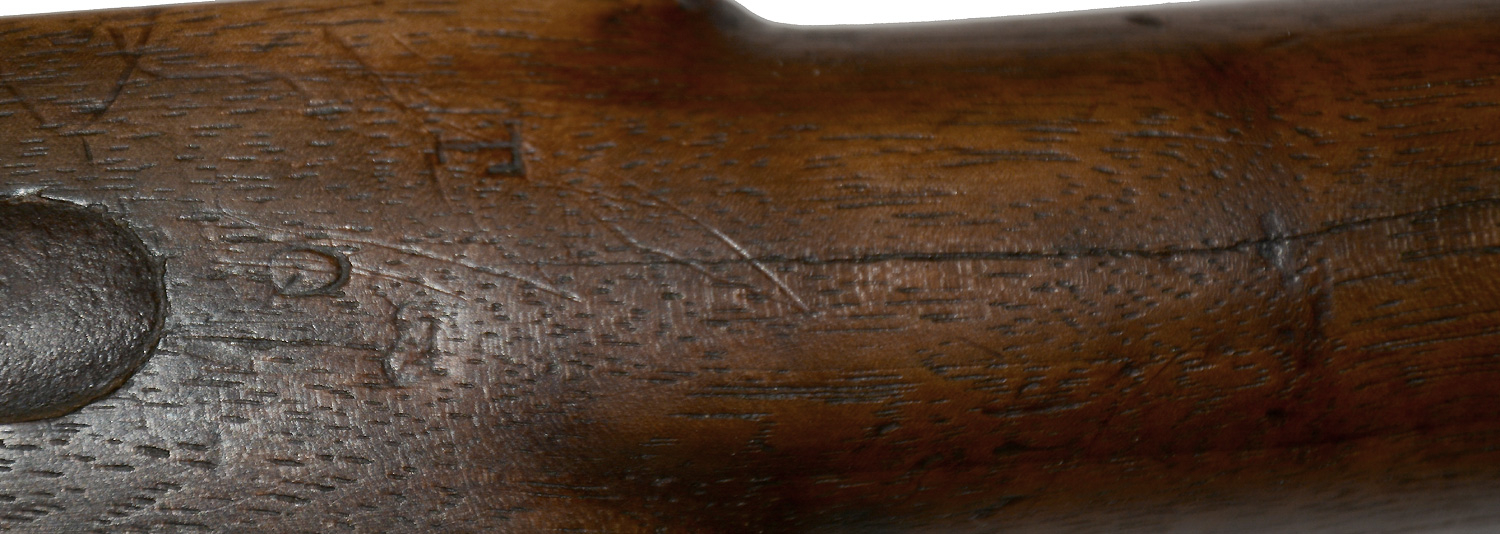
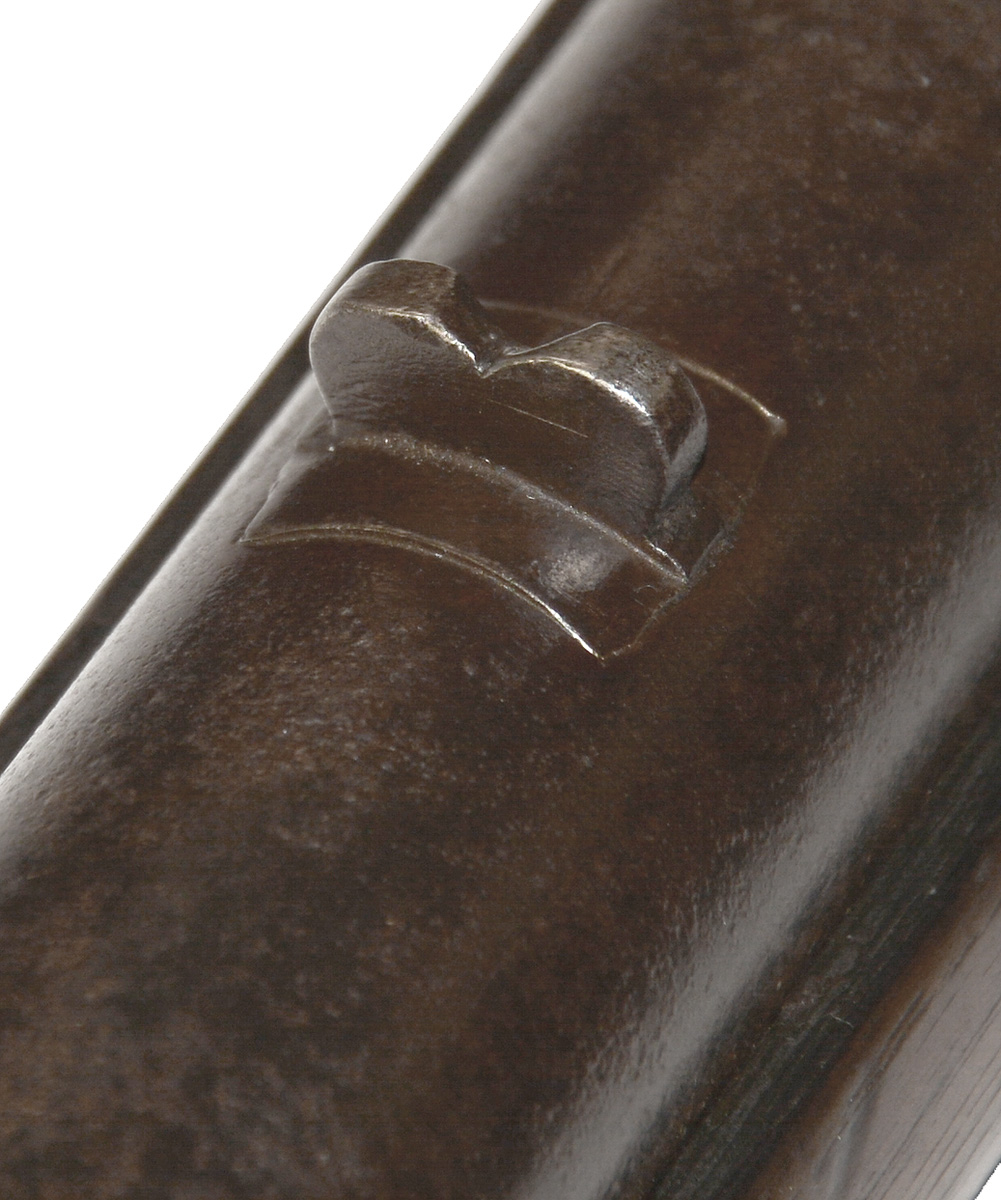
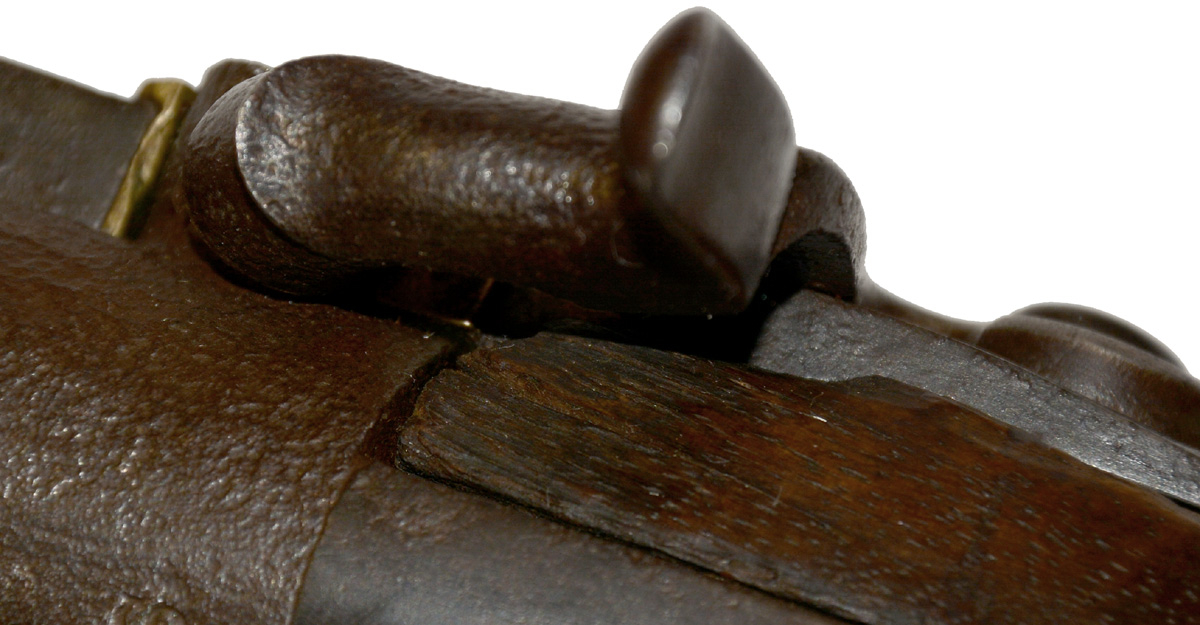
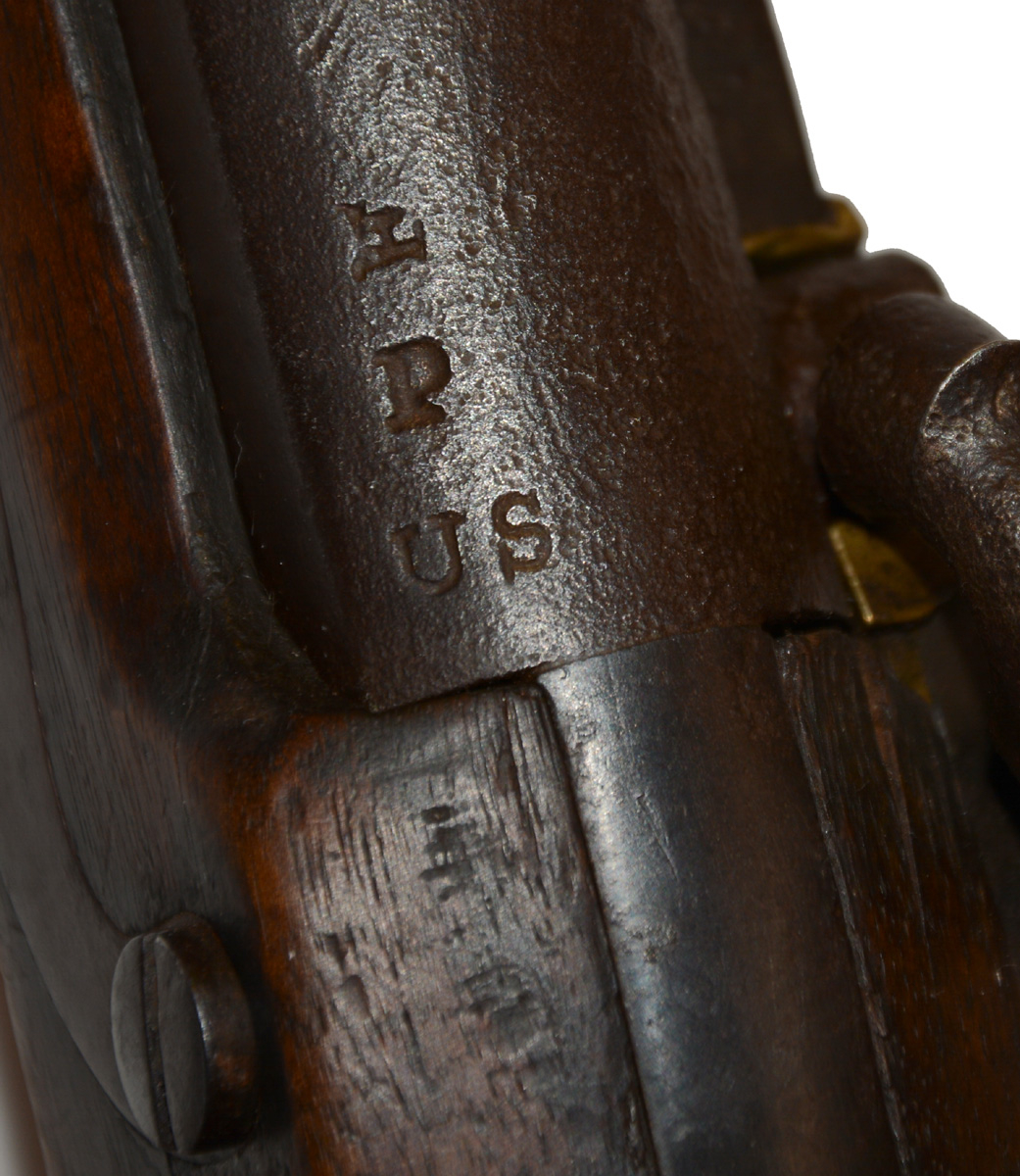

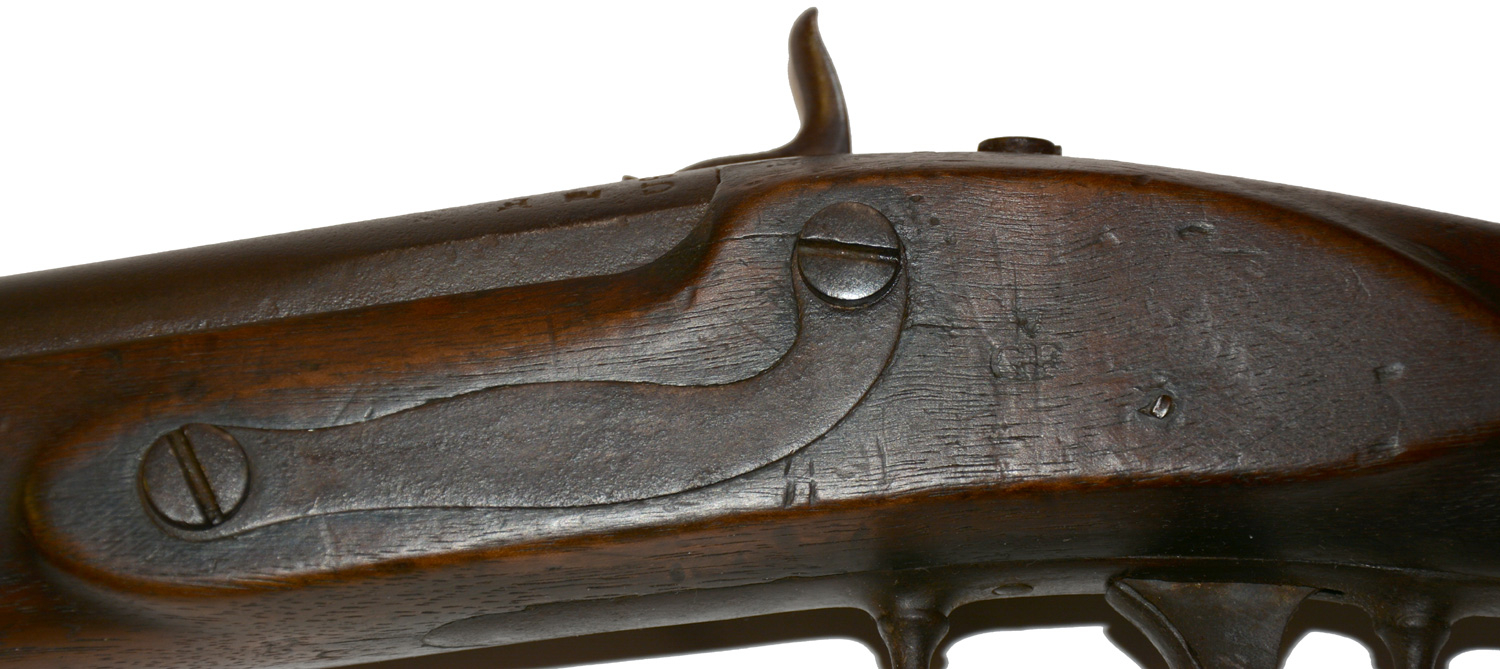
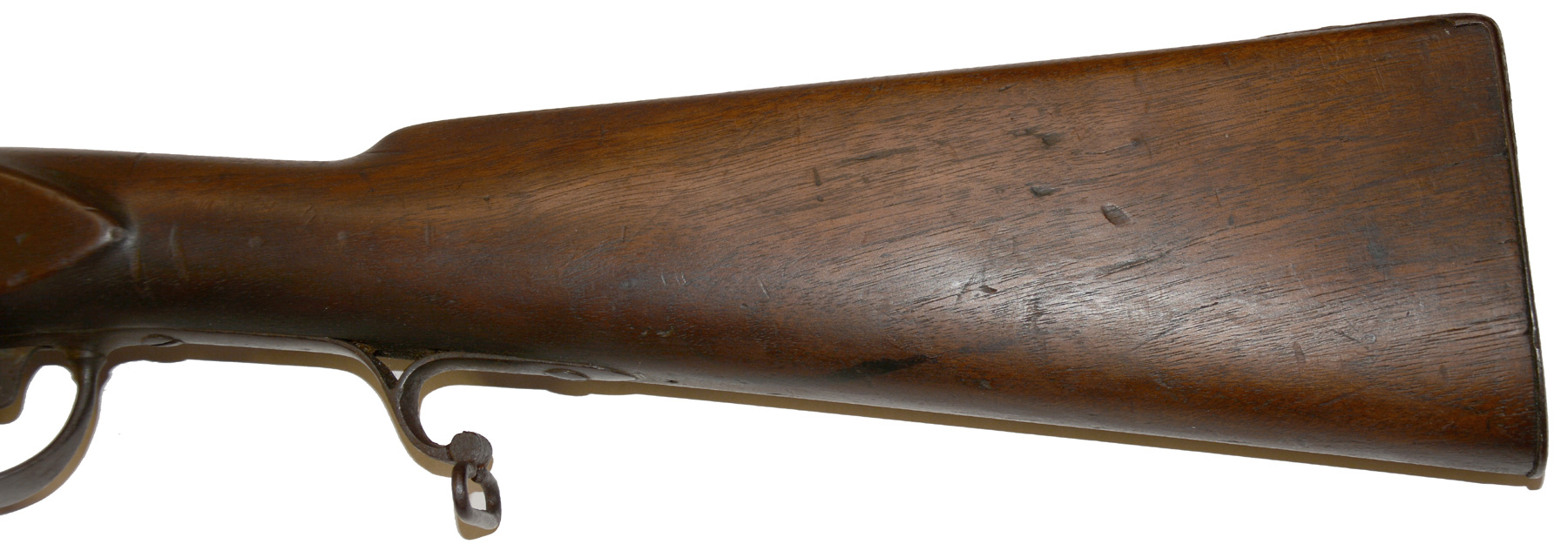

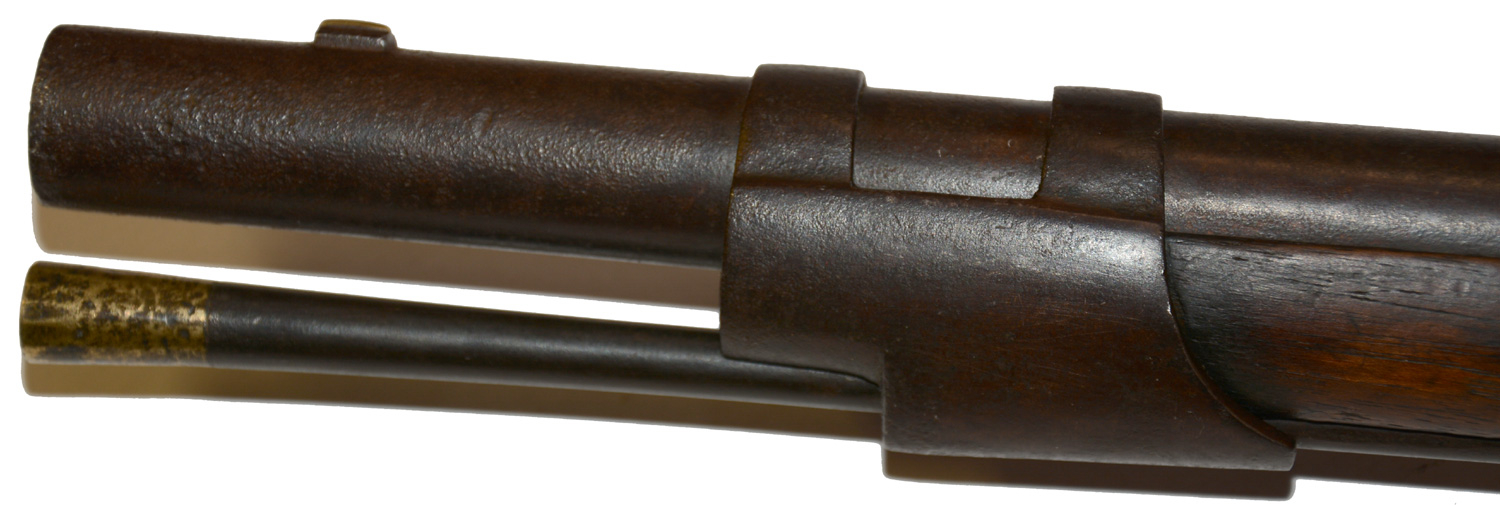
$2,995.00 SOLD
Quantity Available: None
Item Code: 88-64
This Deringer M1817 Common Rifle bears three different CS Ordnance inspector marks, indicating it passed through the Confederate C&R (“cleaning and repair”) system three times. It was also converted from flintlock to percussion with a simple drum bolster typical of early war military conversions done by gunsmiths in western Virginia as the state rushed to secure its western counties. For all that, the rifle is in very good condition, indicating it was not subject to different extensive repairs that needed inspection, and perhaps not picked up three times on the battlefield, but turned in by successive Confederate units as they were re-armed, to be inspected and reissued.
The rifle bears the known Confederate Ordnance inspectors stamps “T,” “Q,” and “&,” all recorded marks, just forward of the triggerguard tang, the usual spot for the C.S. Ordnance inspector’s letter code indicating the weapon had gone through the Confederate C&R (cleaning and repair) system. Estimates of “captured and collected” (C&C) arms run as high as 200,000 captured or salvaged weapons and another 50,000 turned in by CS army units. (See Knott’s essential book on the subject.)
The rifle itself is one of 1,800 .54 caliber M1817 rifles contracted for by Deringer with the U.S. on 23 July 1819 and delivered by 31 December 1821. It bears the barrel proofs “US/P/F” of inspector George Flegal, whose view mark “V/GF” also appears in the wood on the side flat. Moller (2.401) says Flegal’s last inspections of U.S. contract arms date to 1821 or 1822. An early delivery on the contract is indicated by the omission of the date behind the hammer on the lockplate with only “U.S. / H. Deringer / Philada.” forward (Moller 2.450.) Deringer produced a number of variations, with some use of older parts and rifles produced on later contracts differing from early ones, but this is the standard configuration with skeleton pistol grip, 1817 style band springs, etc. The designation “common rifle” was meant to distinguish it from Hall’s patent breechloaders.
The wood is very good, having a nice light brown color and surface with some scattered darker spots and the usual minor handling marks and dings. There is a slight gap on one edge of the buttplate tang, a chip off the top rear of the lock apron behind the hammer, but good edges to the side flat and along the barrel. The edges along breechplug tang show a slight gap and there is some blackening under the hammer from firing. The breechplug tang screw shows wear and the tang does not show the same peppering as the barrel breech, indicating it was likely replaced while in use as a percussion arm during one of its passes through the C&R system, rather than during its initial conversion. The peppering is indicative of significant use, especially with the more corrosive British high pressure caps imported by the South, but despite the peppering to the breech of the barrel and bolster, the barrel proofs are fully legible. The metal overall is mostly a matching smooth brown, with some bluish tint showing on the case hardened lock plate. The front and rear sights are in place. All bands, springs, swivels, and the correct rod with brass tip are present. The iron patch box is functional and shows sharp edges to the inletting and still visible guide holes from the drilling out process.
In addition to passing through the Confederate C&R system and service in Confederate hands, the conversion itself is likely Confederate, and Virginian in particular. The external flintlock parts were removed (and the brass pan ground flush to the plate) and a drum bolster with a civilian-style percussion hammer installed. Murphy and Madaus (730-734) show to nice parallels: two VA Manufactory rifles with similar conversions, likely dating to 1861, when the state was trying to secure its western counties and issuing to its troops older arms, both muskets and rifles. Among the latter were both Virginia Manufactory rifles and U.S. M1817 contract rifles acquired by the state under the Militia Act.
In fact, Deringer rifles are mentioned specifically by Capt. L.V. Buckholz, serving as ordnance officer to Gen. Wise at White Sulpher Springs. Buckholz was sending out old arms for repair, which seems to have included alteration to percussion, specifically mentioning work by a gunsmith at Lewisburg. Murphy and Madaus note that using a drum bolster and civilian hammer was typical of typical of, “gunsmiths in western Virginia, including the individual at Lewisburg repairing arms for Captain Buckholz.” This would distinguish them from the 600 or so M1817s converted for the state by the U.S. in 1859, and U.S. conversions for other states, which used the cone-in-barrel arsenal conversion. Buckholz reported 14 flintlock “Deringer Rifles” on hand on 4 August 1861, but only 1 on August 17, indicating he was issuing them as quickly as he could get the necessary work done. There were likely other ordnance officers doing the same thing throughout Virginia, and perhaps other southern states as well.
This is a rifle that was certainly in Confederate hands and has a potentially very colorful history. It is mechanically fine and the bore is dirty but with visible rifling. It would make a great addition to a Confederate arms collection, particularly with the insight it gives to efforts to get weapons into the hands of troops as fast as possible and leave no gun on the rack that might serve in the field. [sr] [ph:L]
DISCLAIMER: All firearms are sold as collector's items only - we do not accept responsibility as to the shooting safety or reliability of any antique firearm. All firearms are described as accurately as possible, given the restraints of a catalog listing length. We want satisfied customers & often "under" describe the weapons. Any city or state regulations regarding owning antique firearms are the responsibility of the purchaser. All firearms are "mechanically perfect" unless noted, but again, are NOT warranted as safe to fire.
~~~~~~~~~~~~~~~~~~~~~~~~~~~~~~~~~~~
THIS ITEM, AS WITH ALL OTHER ITEMS AVAILABLE ON OUR WEB SITE,
MAY BE PURCHASED THROUGH OUR LAYAWAY PROGRAM.
FOR OUR POLICIES AND TERMS,
CLICK ON ‘CONTACT US’ AT THE TOP OF ANY PAGE ON THE SITE,
THEN ON ‘LAYAWAY POLICY’.
THANK YOU!
Inquire About CONFEDERATE “CAPTURED & COLLECTED” (C&C) DERINGER COMMON RIFLE WITH PERCUSSION ALTERATION AND THREE CS ORDNANCE INSPECTOR MARKS!
Most Popular
Historical Firearms Stolen From The National Civil War Museum In Harrisburg, Pa »
Theft From Gravesite Of Gen. John Reynolds »
Selection Of Unframed Prints By Don Troiani »
Fine Condition Brass Infantry Bugle Insignia »
featured item
CONFEDERATE ENLISTEDMAN'S ARTILLERY SHELL JACKET
This is a very fine identified Confederate shell jacket, allegedly worn by Private Edwin F. Barnes, 1st Company, Virginia Howitzers, Light Artillery, the famous Richmond Howitzers. Barnes initially enlisted April 1861, in Co. H of the 15th Virginia… (2025-1796). Learn More »
site search
Upcoming Events
The shop is currently closed so that we may conduct our annual inventory. We are available by phone… Learn More »


